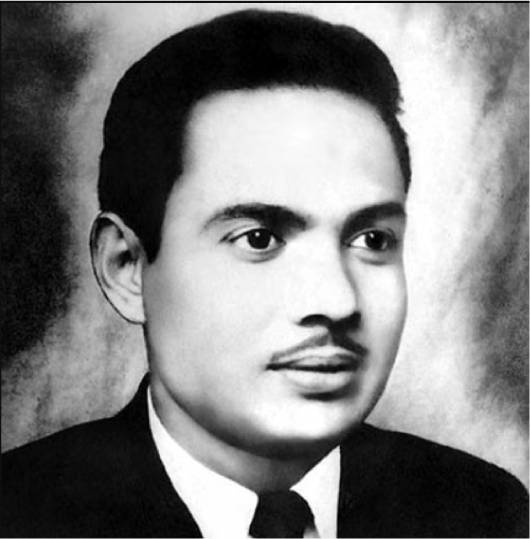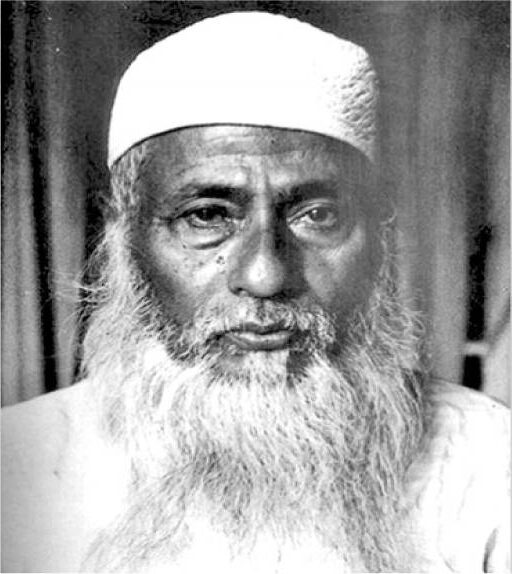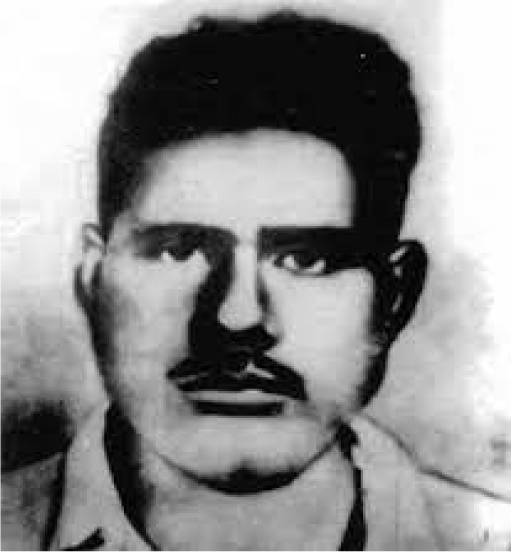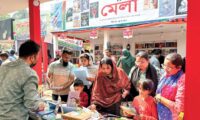
In the Bengali calendar, the month of Falgun signifies new journey of life and a sense of rejuvenation. The month which marks beginning of the spring brings forth joy, vivid hues, and a feeling of renewal. During this time, Bangladesh comes to life with the mesmerizing songs of cuckoos and various f lowers that are in bloom. Urban streets and rural roads are painted with colours of fallen leaves and shades of flowers. 
After a day of fervent protests and demonstrations, the leaders of the student community agreed as a group to honour the language martyrs by constructing a monument. The information quickly got to Badrul Alam, a 24-year-old artist who is well-known for his artistic talents. He knew they needed his creative touch in designing the monument.
As soon as the design was approved, something extraordinary happened. The whole night, a dedicated team of people, including medical students, hostel staff, and volunteers, worked on building a Shahid Smriti Stambha. The funding for the monument came from Pearu Sardar, who was a well-known and respected Dhaka panchayet sardar.
In poignant recognition of his pivotal role in the language movement, Dr. Badrul Alam received the Ekushey Padak in 2014; he was the designer of the First Shahid Minar (Martyrs’ Monument) in 1952. This narrative unfolds as a tale of community solidarity, with the tireless efforts of diverse individuals coming together to construct an 11-foot-tall monument that stands as a lasting tribute to the language martyrs.

However, the Pakistani Army and the police demolished it on February 26, 1952. In 1956, the students once again constructed the Shaheed Minar. It was inaugurated by Maulana Bhasani. But it was also disassembled afterward. Novera and Hamid’s grand design In the autumn of 1956, a pivotal meeting unfolded between Zainul Abedin, a luminary in the artistic realm, and Mr. Jabbar, the Chief Engineer of C&B, convened with the esteemed artist Hamidur Rahman and sculptor Novera Ahmed. 
The vision extended beyond mere architecture; it wove together threads of history and emotion, with every detail meticulously planned. A railing, adorned with Bangla alphabets, traced the perimetre of the seminar, while painted footprints, some stained with blood, others dark as night, marked the path of opposing forces, forever etched into the stone as a testament to the struggle for freedom. 
Barkat’s mother inaugurated in 1963 In 1962, a committee under the direction of the vice-chancellor of Dhaka University suggested altering the original plan and speeding up the construction of the minaret. At that time, they did not even consider informing the designers about the alterations. Shaheed Barkat’s mother inaugurated it on February 21, 1963. In 1971, during the Operation Searchlight, Pakistani invaders descended upon the Shaheed Minar. They ravaged the monument. After independence, the government of Bangladesh took charge of the restoration of the Shaheed Minar. A fresh competition was announced, summoning the nation’s most esteemed artists and architects to present their visions for the revered monument. In a scene of anticipation and hope, the Central Hall of the Government House became a canvas for creativity as presentations adorned its walls. The committee, the media, and the general public all shared a mutual admiration for the design that Novera Ahmed and Hamidur Rahman’s team submitted. After that, its construction was f inished, though it failed to follow the design properly.
Unparallel significance of UNESCO recognition Since 1952, Bangladesh has embraced February 21st as National Martyr’s Day. On November 17, 1999, UNESCO, recognising its unparalleled significance, declared February 21st as International Mother Language Day. Since the year 2000, this day has been a global observance, fostering a celebration of linguistic and cultural diversity and echoing the echoes of a singular sacrifice for the sake of the mother tongue — a tale etched in the very fabric of mankind’s history. Numerous replicas of the Shaheed Minar exist worldwide. 
The Shaheed Minar stands as a timeless symbol of self-sacrifice, patriotism, and heroism, honouring the memory of the language martyrs. Its upkeep is a shared responsibility of both the government and citizens, ensuring that reverence for the martyrs persists beyond February. As long as the Bangla language and culture endure, so too will the immortal legacy of the language martyrs.
Written by Samia Sharmin Biva



















